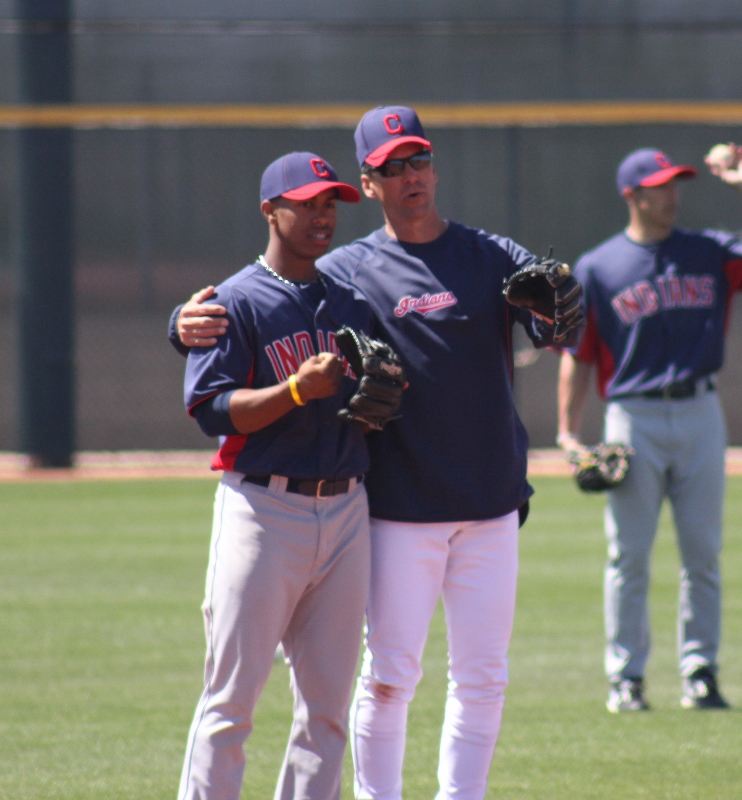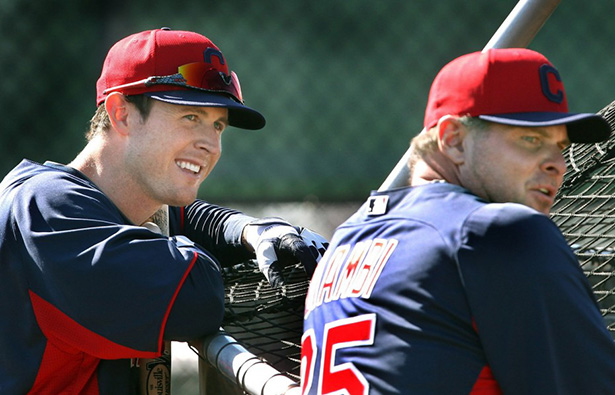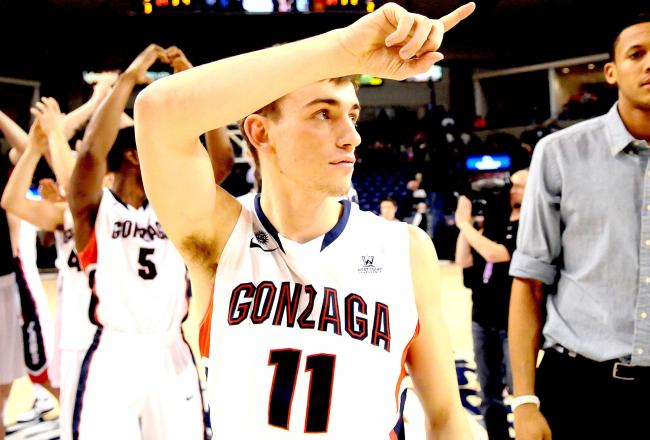 Well, the labor of love that is my top prospect countdown is finally complete. It’s longer than ever this year, as I have write-ups on the top 61 prospects in the organization coming your way over the next week and a half or so. It took longer than I’d hoped to get the full list written up and edited, but I think that you’ll agree that it was worth the wait. Before we pop the top on the countdown though, let’s take a step back and have a holistic look at the Indians minor league system.
Well, the labor of love that is my top prospect countdown is finally complete. It’s longer than ever this year, as I have write-ups on the top 61 prospects in the organization coming your way over the next week and a half or so. It took longer than I’d hoped to get the full list written up and edited, but I think that you’ll agree that it was worth the wait. Before we pop the top on the countdown though, let’s take a step back and have a holistic look at the Indians minor league system.
More Articles...
- NBA Announces 2013-2014 Schedule
- Browns Ink Sharknado
- Sharknado A No-Show For Rookie Camp
- Trent Richardson Out Until Training Camp
- Browns Sign Brandon Jackson
- Carrasco Suspended Eight Games
- Browns Add to Wide Receiver Depth with David Nelson
- Browns Need to Learn from Past Draft Mistakes
- Browns Release Chris Gocong and Usama Young
- Browns Missing on Grimes Disappointing, But Not The End
The TCF Forums
- Jackets 2014
bac5665 (Tuesday, January 21 2014 11:55 PM) - Who is the worst owner in Cleveland Sports
mattvan1 (Tuesday, January 21 2014 10:05 PM) - 2015 Recruiting
furls (Tuesday, January 21 2014 7:43 PM) - Devone Bess
Spin (Tuesday, January 21 2014 5:35 PM) - 2014 Recruiting
jclvd_23 (Tuesday, January 21 2014 4:38 PM) - Official- Browns Coach Search/Rumors
googleeph2 (Tuesday, January 21 2014 3:42 PM) - Movies coming out
rebelwithoutaclue (Tuesday, January 21 2014 12:56 PM) - The 2014 Offseason Thread
Larvell Blanks (Tuesday, January 21 2014 12:25 PM) - Chris Grant's first 3 drafts
Kingpin74 (Tuesday, January 21 2014 10:13 AM) - Mike Brown
YahooFanChicago (Monday, January 20 2014 11:15 PM)



 In the days of statistical analysis, teams look for an edge anywhere they can find one. One way of gaining an edge is the use of a platoon. Calling someone a “platoon player” is not a term of endearment with fans and certainly not a glowing review of one’s overall skill. Perhaps fans are disenfranchised with the notion of platoons because it means that both guys aren’t good enough to be everyday players. It’s true, but several players that are penciled in the lineup every day have sharp splits depending on what hand the opposing pitcher throws with.
In the days of statistical analysis, teams look for an edge anywhere they can find one. One way of gaining an edge is the use of a platoon. Calling someone a “platoon player” is not a term of endearment with fans and certainly not a glowing review of one’s overall skill. Perhaps fans are disenfranchised with the notion of platoons because it means that both guys aren’t good enough to be everyday players. It’s true, but several players that are penciled in the lineup every day have sharp splits depending on what hand the opposing pitcher throws with. What's that, you say? Rain in Arizona; you cannot be serious.
What's that, you say? Rain in Arizona; you cannot be serious. The Indians were firing on all cylinders on Wednesday in a 4-0 win over the Los Angeles Dodgers in Goodyear, Arizona.
The Indians were firing on all cylinders on Wednesday in a 4-0 win over the Los Angeles Dodgers in Goodyear, Arizona. We now live in a country where Gonzaga University has the finest college basketball team in the land.
We now live in a country where Gonzaga University has the finest college basketball team in the land.